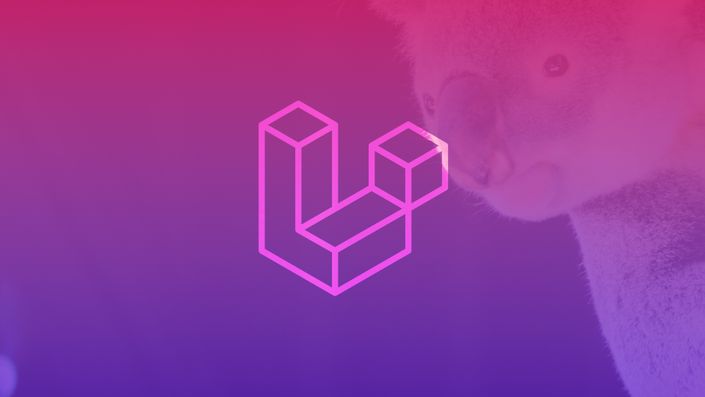
Learn the incredibly popular and in demand Laravel framework. There are countless Laravel courses in the world; here's what makes this one unique:
- No assumptions that you already understand the PHP language.
- No assumptions that you already understand the "Model View Controller" pattern.
- No assumptions that you already understand how to setup a dev environment on your computer.
- No assumptions that you already understand how to deploy a website.
- No assumptions that you already understand the Linux command-line.
Laravel is an amazing framework, but because it is so feature-complete I've noticed that a lot of guides and tutorials get overly ambitious and introduce 10 or 20 new concepts in a single lesson which is frustrating when you're a beginner and you're trying to actually understand why you're doing what you're doing. I've also noticed a lot of tutorials assume you've already used lots of other web application frameworks before Laravel, and so they don't actually explain any of the organizational or conceptual pieces of the puzzle.
This course is different because I assume that Laravel is the first web application framework you've ever attempted to learn, and so we move at a pace where you can actually absorb the big-picture concepts that exist in all frameworks; not just Laravel.
Here's what we'll learn in the course:
- The PHP language itself
- Getting our computer ready for Laravel
- User registration, log in, log out
- Profile Photo Upload (server-side resize & storage)
- The Blade Template Engine
- Composer the PHP Dependency Manager
- Form Validation
- Gates, Policies, Permissions (e.g. You can only edit your own posts and not other people's posts)
- Relationships; letting one user follow another user
- How to use Models to query for the exact data you want (e.g. homepage feed of posts from the users you follow)
- How to send automated emails from your app
- Add API URLS that allow users to login and create & delete posts from outside the context of a web browser
- Use Docker to practice deploying to a Linux server
- Configure a real public Ubuntu VPS to host our Laravel app with a real domain
- Setup our VPS as a Git server that you can push to for effortless future updates to your live site
This course may be brand new, but this isn’t my first time teaching. I’ve led training sessions for Fortune 500 companies and I’ve already helped over 200,000 people in online courses and received the following feedback:
"Brad definitely has some of the best techniques to embed the lesson into your mind… hands down these are the best tutorials I have had the opportunity to view."
"Presentation is concise without being tedious… you honestly feel that you have a thorough understanding of the subject."
"…[Brad] explained the process. Not memorize this or that, he explained the process. If you're looking to take a course to understand the foundations of creating websites, look no further."
Become highly valuable and relevant to the companies that are hiring Laravel developers; in one convenient place alongside one instructor. If you're ready to begin coding your own applications from the ground up - I'll see you on the inside!
Your Instructor
Course Curriculum
-
StartWelcome To The Course! (9:16)
-
StartText Editor (3:02)
-
StartQuick Note About Our Text Editor And Extensions
-
StartWindows: Installing PHP (17:01)
-
StartQuick Windows Note
-
StartMac: Installing PHP (8:34)
-
StartPHP The Language Itself (19:56)
-
StartWindows: Composer (6:29)
-
StartMac: Composer (4:52)
-
StartActually Using Composer (10:11)